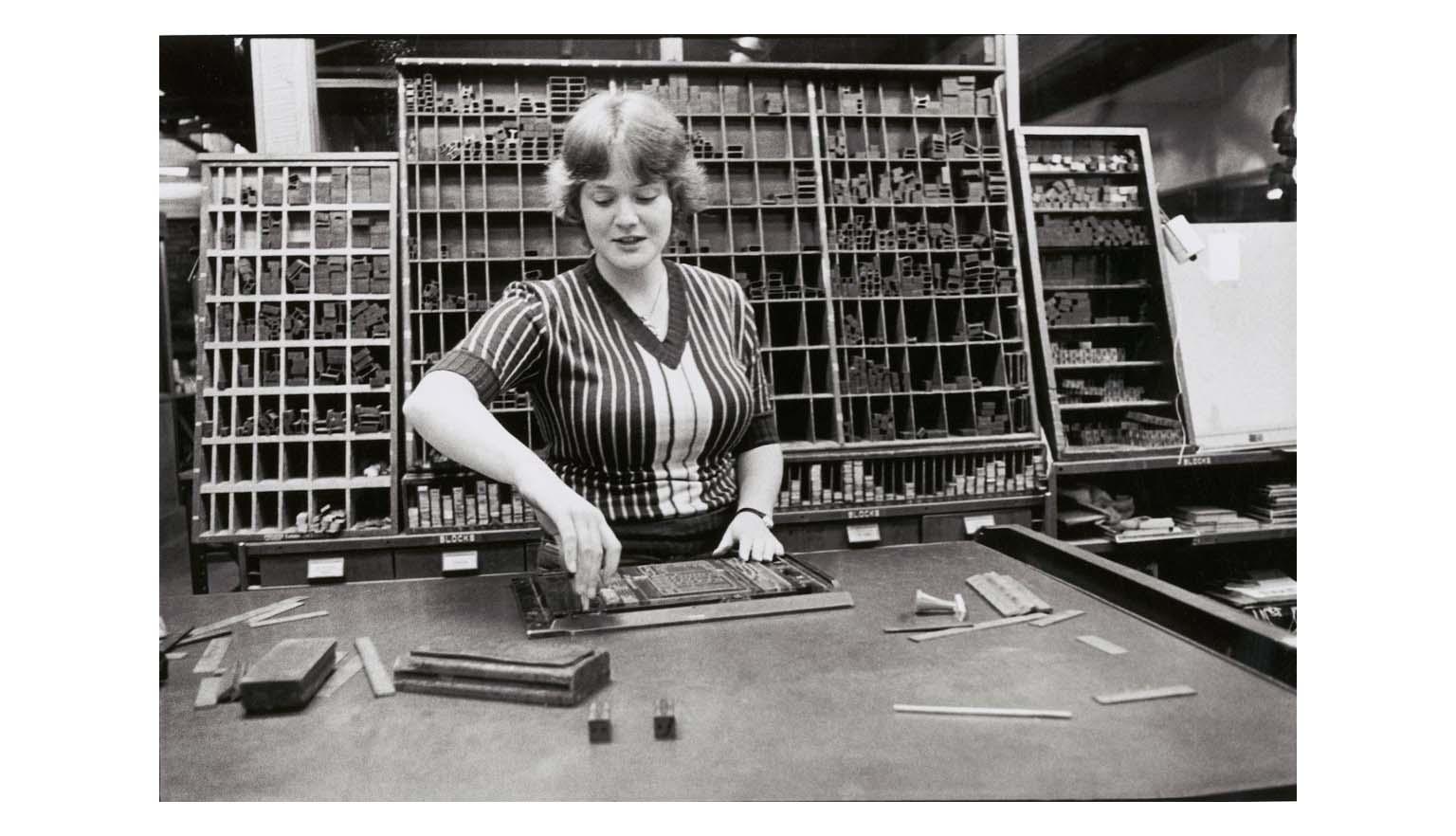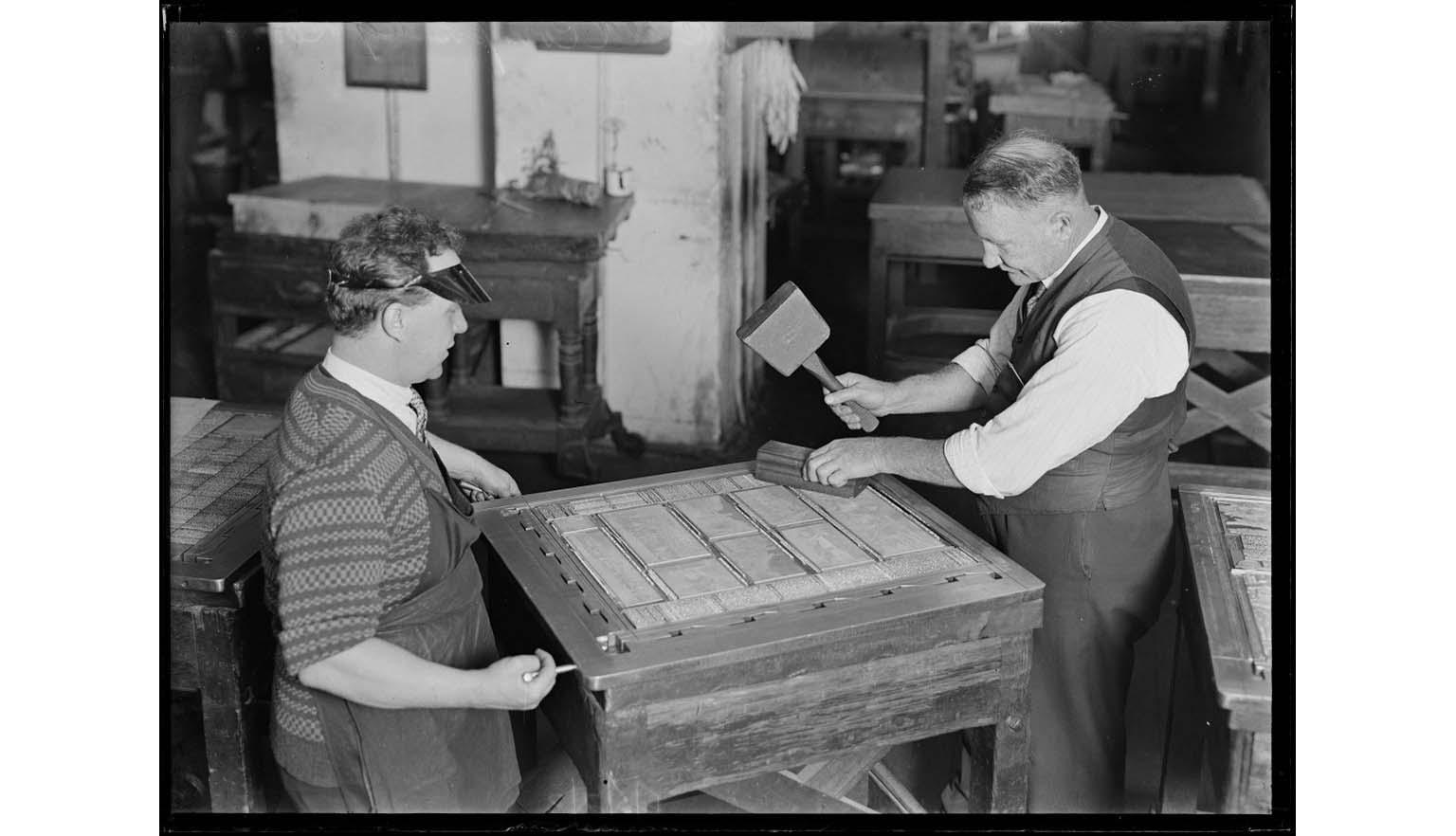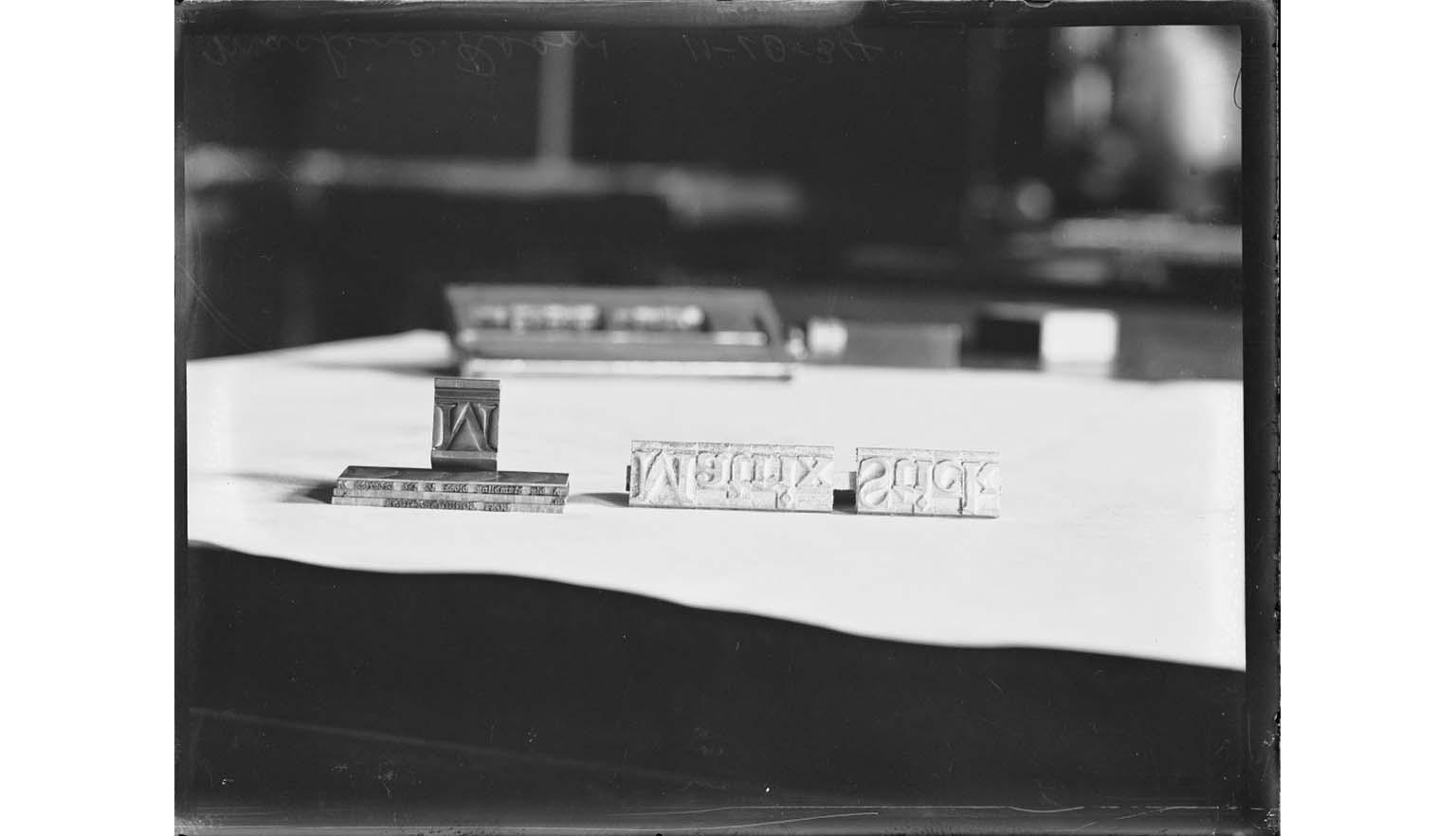The press
The challenge of sharing information
In medieval Europe, most people could not read or write. Combined with the slow process of copying texts by hand, this meant that ideas and information spread very slowly between towns and countries.
The invention of the printing press
Around 1440, a German goldsmith named Johannes Gutenberg invented a printing press that used movable type. This technology used individual metal or wooden letters that could be arranged to form words and paragraphs.
Once a page was set:
- The type was placed in a frame on a flat metal bed.
- Ink was applied using a leather roller.
- A sheet of paper was placed on top.
- The frame was rolled under a flat metal plate.
- A handle or screw pressed the plate down, stamping the inked type onto the paper.
The frame was then rolled out, the printed page removed, and the process repeated. While one person inked the type, another could reset the paper. Others arranged the next page’s type. Skilled printers could produce around 250 pages per hour.
This method allowed for:
- Accurate duplication of text and images
- Faster production of books and documents
- Greater consistency and clarity
The Gutenberg Bible
One of the first major works printed using movable type was the Gutenberg Bible. It was extremely popular at the time, but only 49 complete copies are known to exist today.
Digital Classroom: Leaf from a Gutenberg Bible
The basic method of typesetting and “stamping” text onto paper was used right up to the time of the invention of computers and printers, although the materials and process had changed with the invention of steam power and electricity.
These examples from the twentieth century show people setting the frames with the type, and the type being arranged by compositors.
Printing through the centuries
The basic method of typesetting and pressing ink onto paper remained in use until the invention of computers and digital printers. Over time, the materials and processes evolved with the introduction of steam power and electricity.
Images from the 20th century show compositors setting type and arranging frames for printing.
The spread of ideas
As literacy increased and printing became more efficient, the demand for books and written material grew rapidly. Books became cheaper and more widely available.
This led to:
- The spread of new ideas and philosophies
- Wider access to scientific, political and religious texts
- A challenge to the control of information by the Catholic Church and the aristocracy
Despite resistance, the spread of knowledge could not be stopped.
The Age of Enlightenment
The printing press helped spark a period of intellectual growth across Europe. People began to question long-held beliefs about science, nature, religion and government.
As explorers returned with news of newly “discovered” lands in the Americas, Asia and the Pacific, public interest in learning grew. This curiosity evolved into a series of intellectual movements known as the 'Age of Enlightenment'.
You can read more about this period in the module Science and Strategy – The Enlightenment.
Learning activities
Activity 1: Innovations that changed the world
The printing press helped ideas and information spread faster and further than ever before. But it’s not the only invention that transformed the world.
- As a class, brainstorm a list of inventions or technologies that changed the world—for better or worse.
- Have the class vote and agree on a top 10 list.
- Create a short survey based on these top 10 innovations.
- Survey other classes, students or teachers to find out which inventions they think were most influential.
- Collect the results and update your class rankings based on the wider survey.
Activity 2: Create your own stamped story
Although the printing press was a major invention, the idea of using stamps to share stories is much older.
- Ask students to write a short, simple story or express an idea.
- Have them design a set of stamps to help tell that story—these could use:
- shapes
- patterns
- letters or numbers
- Students can make their stamps using materials such as:
- rubber, foam or sponge
- plastic or wood
- Using paint or ink, have students print their stories using only their stamps.
Activity 3: Explore printing idioms
Many phrases in English come from printing technology. These idioms are still used today, even when we’re not talking about printing!
- Display the list of idioms below and ask students:
- Have you heard this before?
- What do you think it means?
- Have students research each idiom to find its origin and meaning.
- Discuss whether these idioms are still used today, and in what situations.
Idioms to explore:
- Not worth the paper it’s printed on
- Read the fine/small print
- Upper case
- Lower case
- Mind your p’s and q’s
- Stop the presses!
- A licence to print money
- Hit print!
- Hot off the press(es)!







